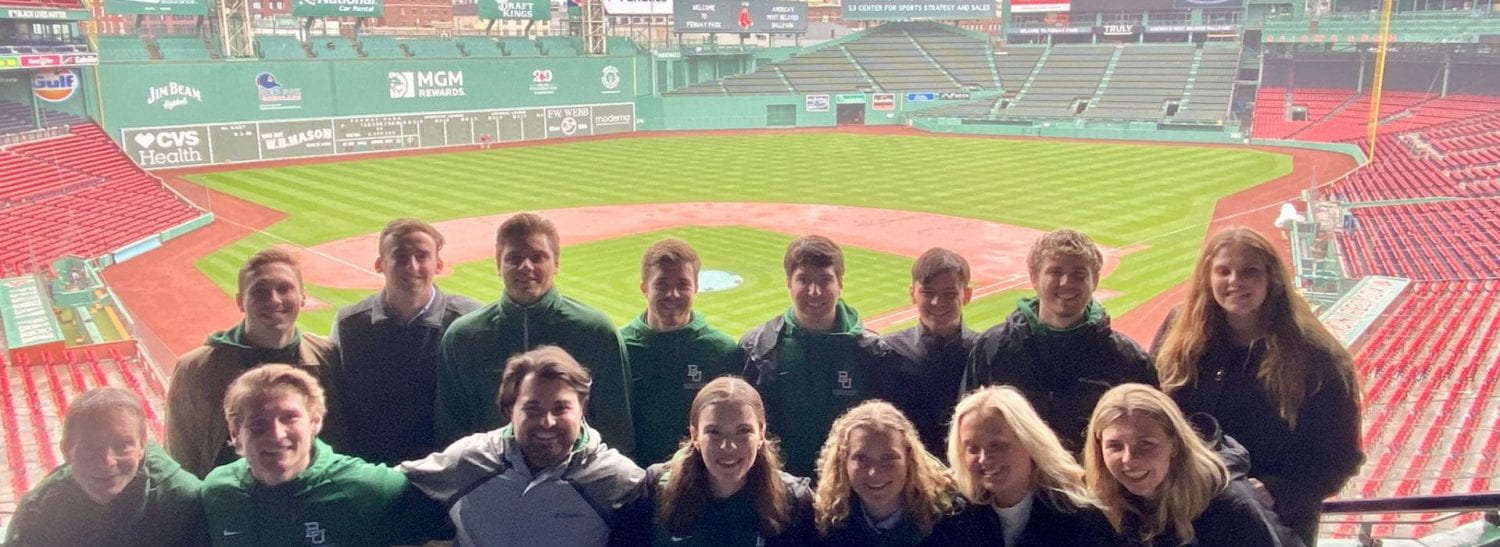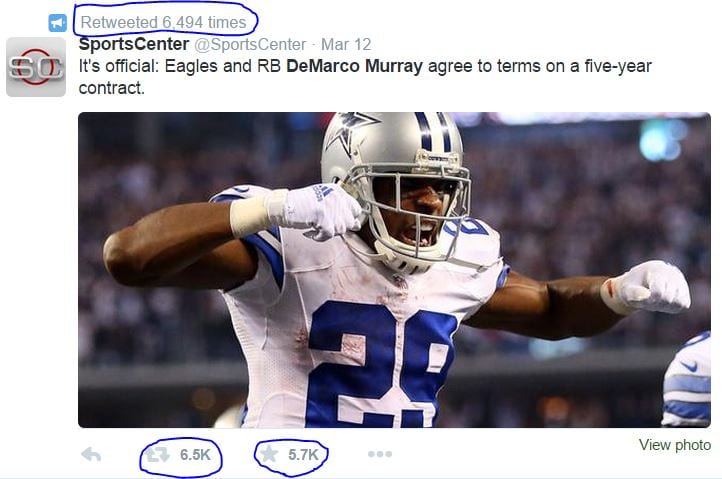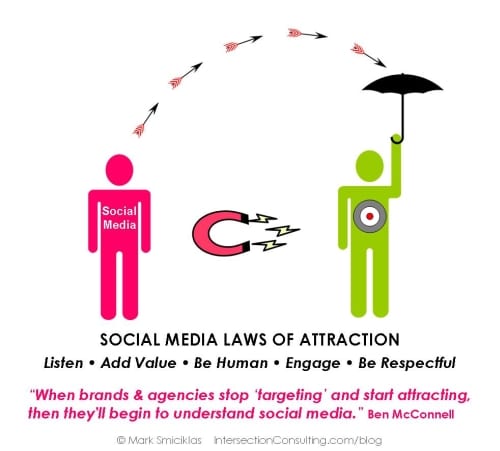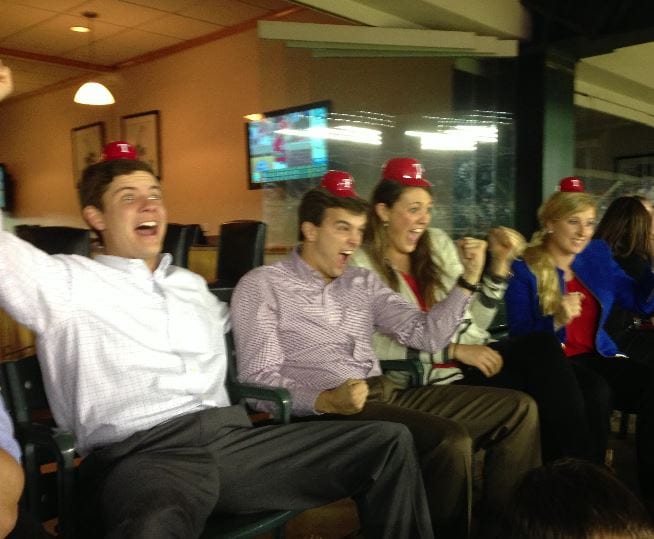by Alex Stewart – March 2014
#LOVEJU
Juventus, la Vecchia Signora of Italian football, may be one of the most established brands in Italy, but she recently showed the sort of innovative approach to earned media that many newer, more agile brands could only sit back and admire. Using a multi-platform approach to social media, Juventus ran a competition to design a vast choreography within the stadium during the heated match with fellow soccer grandees Inter Milan.
httpv://www.youtube.com/watch?v=foKIndrO6Uc
Users uploaded their suggestions via a Facebook app for a placard-based design to be rehearsed and performed by the Juve faithful as the teams took to the pitch. The app received:
- 3122 suggestions,
- over 4000 registered users,
- 290,000 views, and
- over 18,000 users voted for their favourite submission online using the #LoveJu hashtag.
This hashtag is itself a superbly crafted example of digital interactivity, a homophonic pun that is simple and appealing, and works on a platform where English is still the most used language.
During the game, the interactivity continued, as tweets using #LoveJu were displayed on the stadium’s massive screens. Many events now have this form of interactivity and it surely cannot be long before most stadiums in Europe follow suit, with the appropriate levels of screening, obviously.
[dropshadowbox align=”center” effect=”lifted-both” width=”650px” height=”” background_color=”#ffffff” border_width=”1″ border_color=”#dddddd” ]

“This was a great initiative, yet another example of Juventus’ modernity and innovative thinking. A number of clubs are embracing social media in Italy and doing a really good job at engaging with their support. The other clubs that spring to mind are Milan, Roma, Fiorentina and Parma with Inter and Napoli probably a touch behind though not by much. To return to the #LoveJu initiative, though it looked great and was a real success, I do think fan choreography is at its best when it’s spontaneous and designed by the supporters rather than the club.” ~ James Horncastle[/dropshadowbox]
Proper planning
Juventus’ initiative was over three months in the planning. They have had a digital department for two and a half years, which is longer than many clubs in Europe. I asked whether there were plans to follow up the choreography event and was told, perhaps a little cagily, that “it’s something that could perhaps be considered, but we view this particular event as more of a one-off”. Of course, with the app already produced and the hashtag well established, the nuts and bolts of such an initiative are in place, so any reactivation would be fairly straightforward. Indeed, one might ask why, given its undoubted success, it would not be something that the club would commit to. I suspect that it is an example of comms smoke and mirrors, rather than a genuine likelihood that it was a one-off.
Connecting the dots for sponsors
 The Juventus spokesman I spoke with stated that “one of the aims of our social media initiatives is to give visibility to our sponsors.” Of course, this is achieved by repeated visual exposure to the shirt and its sponsor, Jeep. Beyond this, though, and the obvious positive brand association with a widely covered and ground breaking social media initiative, it is difficult to see any immediate, tangible benefit accrued by sponsors.
The Juventus spokesman I spoke with stated that “one of the aims of our social media initiatives is to give visibility to our sponsors.” Of course, this is achieved by repeated visual exposure to the shirt and its sponsor, Jeep. Beyond this, though, and the obvious positive brand association with a widely covered and ground breaking social media initiative, it is difficult to see any immediate, tangible benefit accrued by sponsors.
The predominant benefit for sponsors, anyway, is visual earned media and positive association for fans of the club with that brand. So, in that respect, something which is globally reported and talked about as a viral event achieves that aim. Nonetheless, I suspect that clubs and sponsors are working hard to maximize the earned media potential of social media engagement.
Building the digital fan base
The Juventus spokesman told me that social media is for the club is about:
- building a closer relationship with our fans and football aficionados,
- understanding their needs and opinions, and
- gaining and reaching out to new international fans worldwide.
The digital age has spawned what I like to call the digital fan, someone who may live on the other side of the world, but who feels part of the supporting community and lives that support as part of a connected web of fans, using platforms such as Facebook, Twitter, and YouTube to participate in the supporter experience.
Before you might have been able to buy a club shirt and watch the occasional game on television, but now clubs can generate and drive support and engagement with social media. Fans feel actively part of the community through chat rooms, forums, and other online discussion platforms. Games can be watched on a wide array of satellite channels or live streams online. A digital fan can be almost as engaged as a season ticket holder who sits in the stands every week, and may even be more knowledgeable and active in their online life.
The #LoveJu choreography initiative was clearly designed to tap into this digital fan base and did so, registering interest from all corners of the globe. It is important for the digital fan to feel connected and so the participation rates for effectively planned events are high. Since this captive market puts itself forward to be part of an event, what sponsor wouldn’t want a piece of that action?
Opportunities for global brand partnerships
More and more events of this nature will be coming from clubs with a global fan base. Global clubs and brands may partner to activate on each other’s websites and feed back into the clubs’ other communication channels to increase visibility and brand engagement. The potential is too big to ignore; where the Old Lady of Turin has led, others will surely follow.
























